Crack Detection at Construction Sites – NDT Services
- October 24, 2023
- Posted by: Velosi Author
- Categories: Insights, NDT
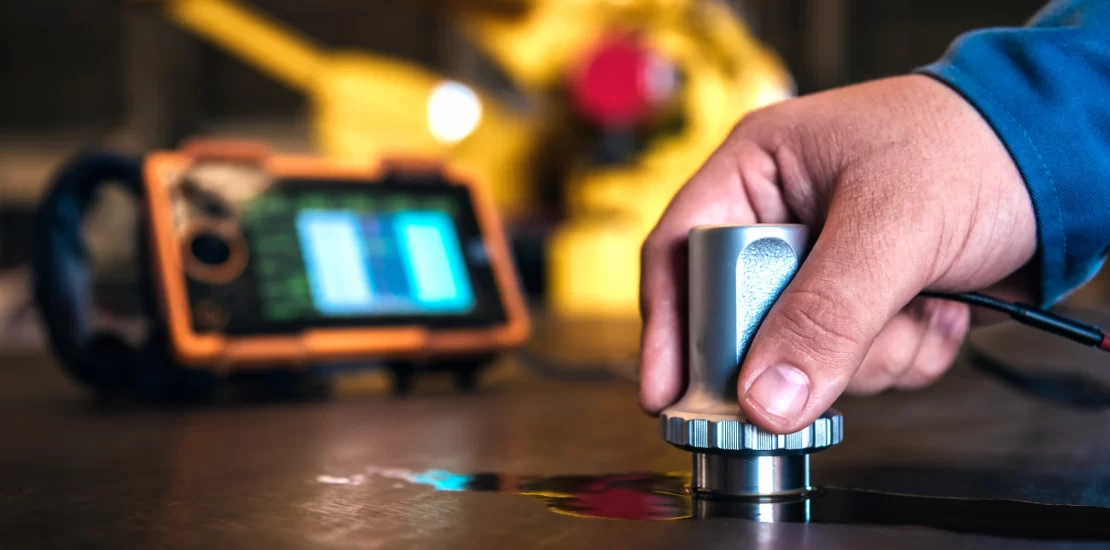
Crack Detection in Construction Site – NDT Services
Introduction
Crack detection in construction sites is a critical aspect of project quality. It plays vital role by monitoring structural health and maintaining safety. Detecting cracks is a time-consuming process requiring the use of various services. Nevertheless, have you ever wondered why crack detection is so important and how you can simply identify them?
To keep in mind, Non-Destructive Testing (NDT) techniques are used by experts to assess the strength of the structures without damaging their construction materials. Such NDT Methods include Visual inspection, Ultra Sonic, Radioactive Detection, and many more to determine cracks, Voids, and dents in the infrastructure.
Types of Cracks – Why Do They Occur in Construction Sites?
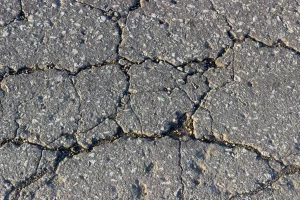
- Shrinkage Cracks:
These are thin, random, and often hair-size cracks in the structural elements such as concrete slabs, masonry walls and surfaces of your construction sites.
They usually occur during the curing process when the concrete materials dry up just like the drying of masonry or other materials.
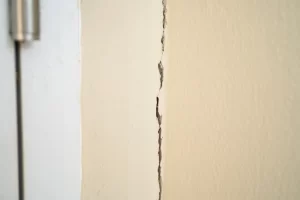
- Settlement Cracks:
These are uneven vertical crack lines in the walls that occur due to the uneven settlement or differential settlement of the foundation.
They often occur due to several reasons, including poor soil conditions, inadequate foundation design, and changes in moisture content of soil.

- Structural Cracks:
These are wide and strong cracks in both walls and roofs of your infrastructures. Moreover, they occur when the buildings are under immense pressure. Using low-quality construction materials at this point can lead to building collapse issues, which can be fatal.
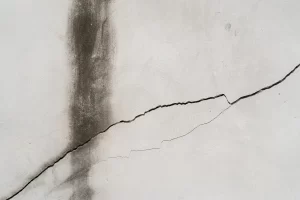
- Thermal Cracks:
These cracks occur under extreme temperatures with the expansion or contraction of construction materials such as concrete or asphalt.
Having proper support for Temperature fluctuations, rapid cooling, or heating can prevent such cracks and increase your building’s life span.
What is Crack Mapping?
Crack Mapping is a basic theoretical process to identify cracks in structural sites such as bridges and roads. It includes proper categorization of cracks according to their shapes, sizes, and even locations. Such cracks are detected by using lasers, digital imaging, and manual surveying techniques.
What Are the Best NDT Methods For Crack Detection?
The following are well-known NDT methods to detect all types of cracks, voids, dents, and even bents in construction materials used for building monuments.
- Ultrasonic Testing (UT):
Ultrasonic testing includes sound waves of high frequency that are sent into the materials and check out their densities as the waves bounce back. All irregularities such as cracks and dents will reflect the waves differently. Thus, you can easily identify them.
- Radiographic Testing (RT):
It includes the use of X-rays and Gamma rays to create an image of the interior of the materials in the buildings. Once the cracks are identified, you can work to fix them properly. This technique is commonly used in the inspection of welds and concrete structures.
- Ground Penetrating Radar (GPR):
It is a non-invasive method to image the subsurface in all structures. Just like X-rays, such GPR images highlight the cracks, voids, and dents in such buildings. Thus, making it pretty easy to detect the cracks before the construction process in the NDT services.
- Infrared Thermography:
These techniques are commonly used for detecting water leaks and thermal insulation problems. The temperature difference in the form of thermal waves creates images with certain variations to detect whether the construction materials have cracks or not.
- Magnetic Particle Testing (MT):
Last but not least, this process includes the use of a ferromagnet which is placed inside the under construction buildings or project sites.. Then different magnetic particles are allowed to attach with it to create a specific pattern of the subsurface and quickly detect any cracks. If there is any difference in the surface alignment, then you might have a crack there.
Model Components for Surface Crack Detection
- Image Acquisition: Captures digital images of the surface to be inspected, usually using cameras or sensors.
- Preprocessing: Enhances image quality through operations like noise reduction, contrast adjustment, and resizing.
- Crack Detection Algorithm: Utilizes image analysis techniques to identify cracks, often involving edge detection, pattern recognition, or machine learning.
- Post-processing: Removes false positives and refines crack data.
- Visualization & Reporting: Presents results in a user-friendly format, such as graphical overlays or reports for analysis and decision-making.
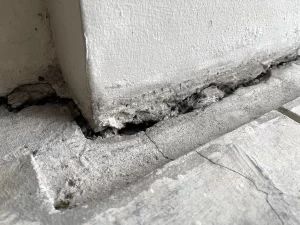
Conclusion
To conclude, structural concrete cracks have an adverse impact on the overall durability of the buildings along with the strength of construction materials. These cracks become pretty serious if they are progressively widening, allowing penetration of the moisture in the subsurface, and retaining dirt in highly visible places to highlight the cracks even more.
Moreover, you can use the methods mentioned above to detect such cracks. Once you are confirmed with such dents, do your expertise work to repair them.
Please contact us for more information and assistance.



